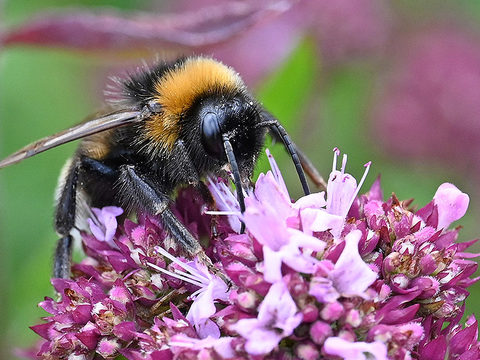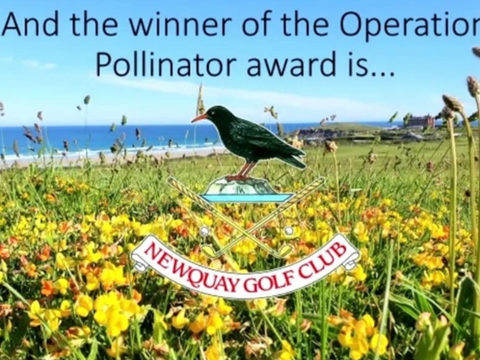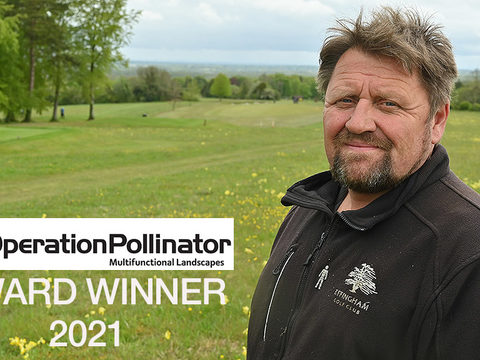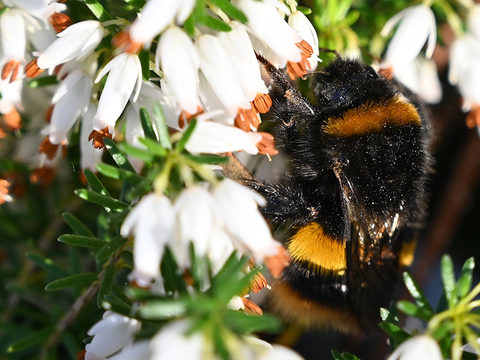BUMBLEBEE AIR BUBBLE HELPS SURVIVE FLOODING
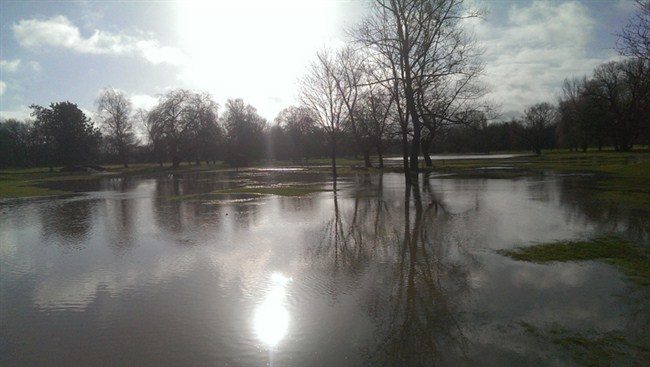
The continuous wet weather has inevitably caused extreme difficulties for golf courses and sports turf. The long-term effects on turf quality and the financial business implications of lost revenue and closures could take many months and costly investment to recover.
There has also been serious concern over the fate of ground nesting bumblebees and other pollinating insects that have been successfully encouraged by Operation Pollinator habitat creation - but many areas of which more have recently been awash or even underwater.
However, Syngenta Operation Pollinator consultant, Mike Edwards, reported that, for the most part, hibernating bumblebees are typically safely embedded underground in a mud cell with an integral air pocket.

|
Operation Pollinator habitat on the Award winning John O'Gaunt Golf Club in Bedfordshire has been underwater during recent weeks. But the club's ecological champion, Steve Thompson, below, has been assured many of the bumblebees he has encouraged should have survived. |
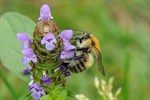
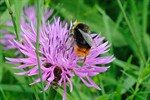


|
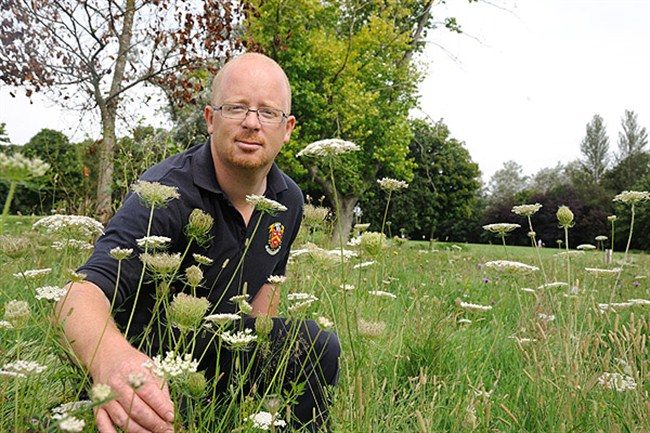
|
"As such the groundnesting bumblebees will probably fare much better, since there is an air bubble trapped inside the cell, and they need very little oxygen at this stage," advised Mr Edwards. "I have even found one queen safely ensconced in her nest in a winter 'stream bed'!"
He warned the length of time the flooding goes on for will matter greatly, as the bees would die if flooding was long term, or the bees become active in the nest.
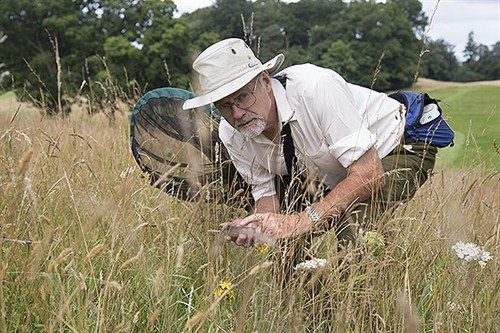
|
Mike Edwards believes that many hibernating ground nesting bumblebees will survive winter floods, provided they dry out before too long. |
"But there are several solitary bees that do nest in situations which go under water regularly during the winter, or sometimes whist the bees are active. I know of a very large colony of a mining be on a sand spit in western Scotland which goes completely under at spring high tides!"




